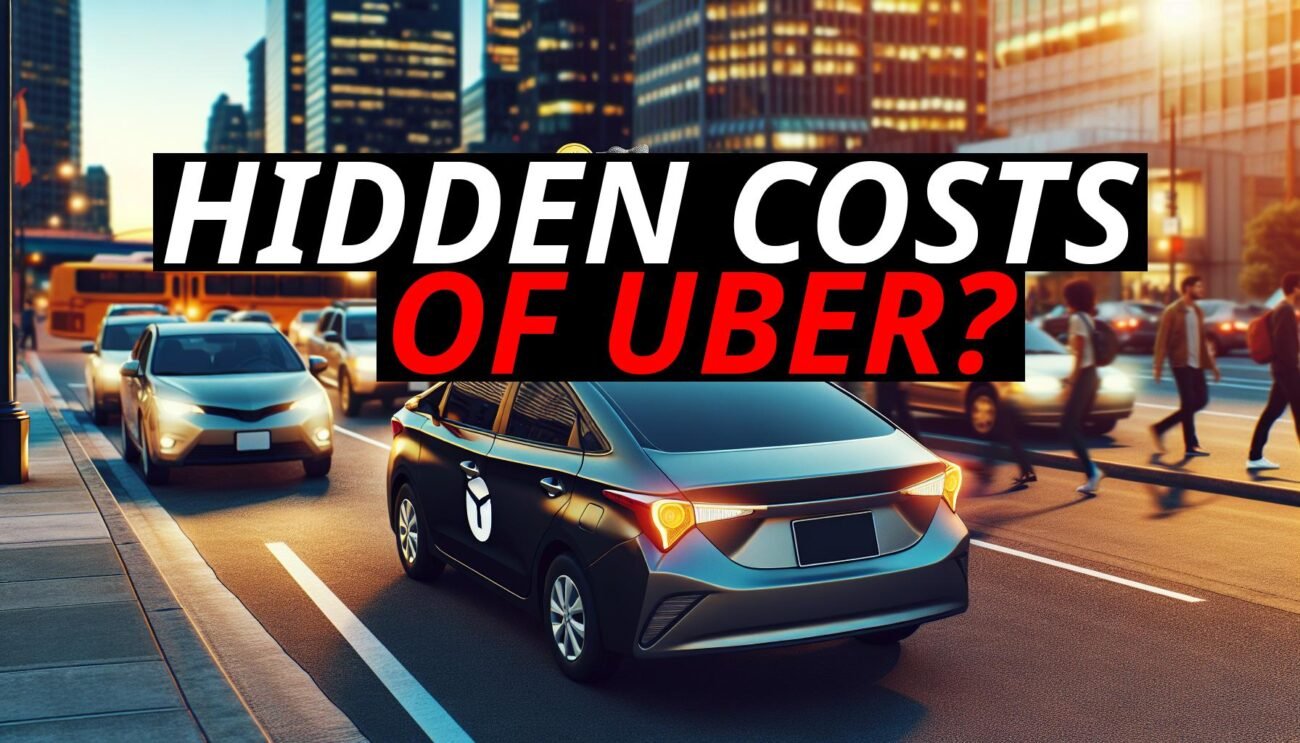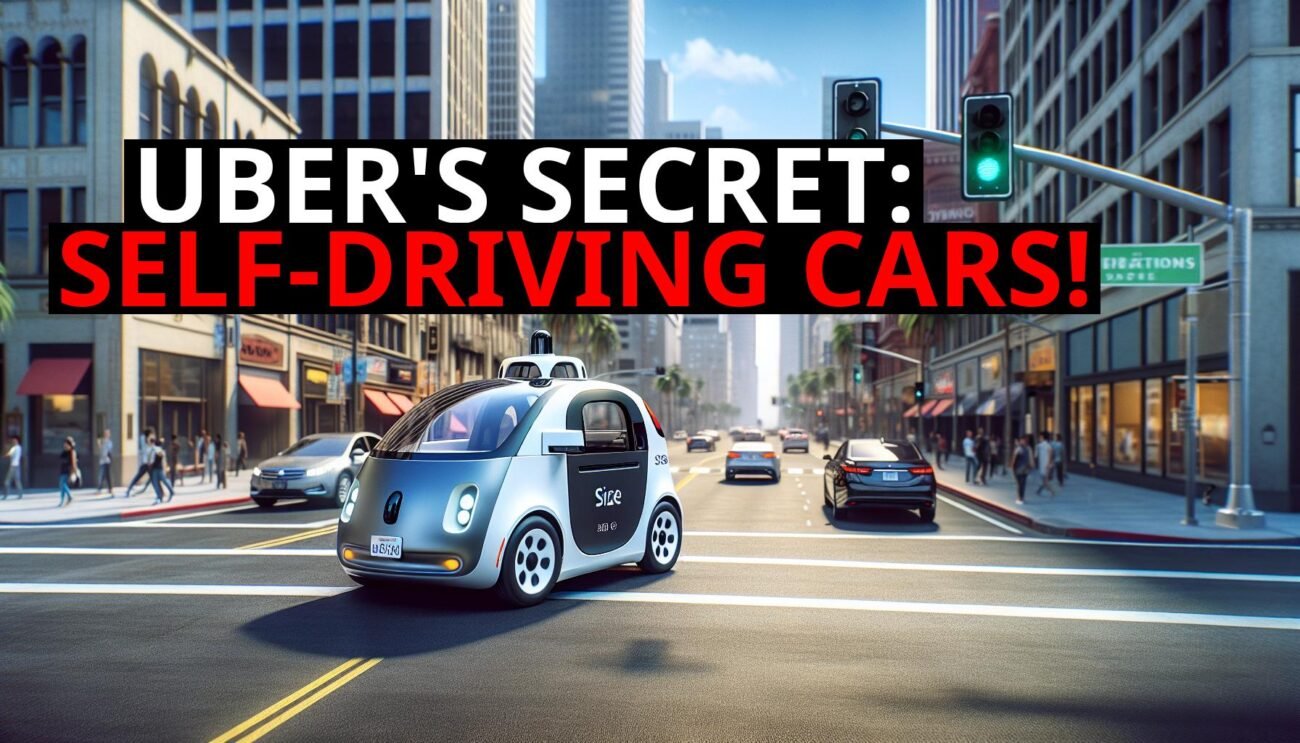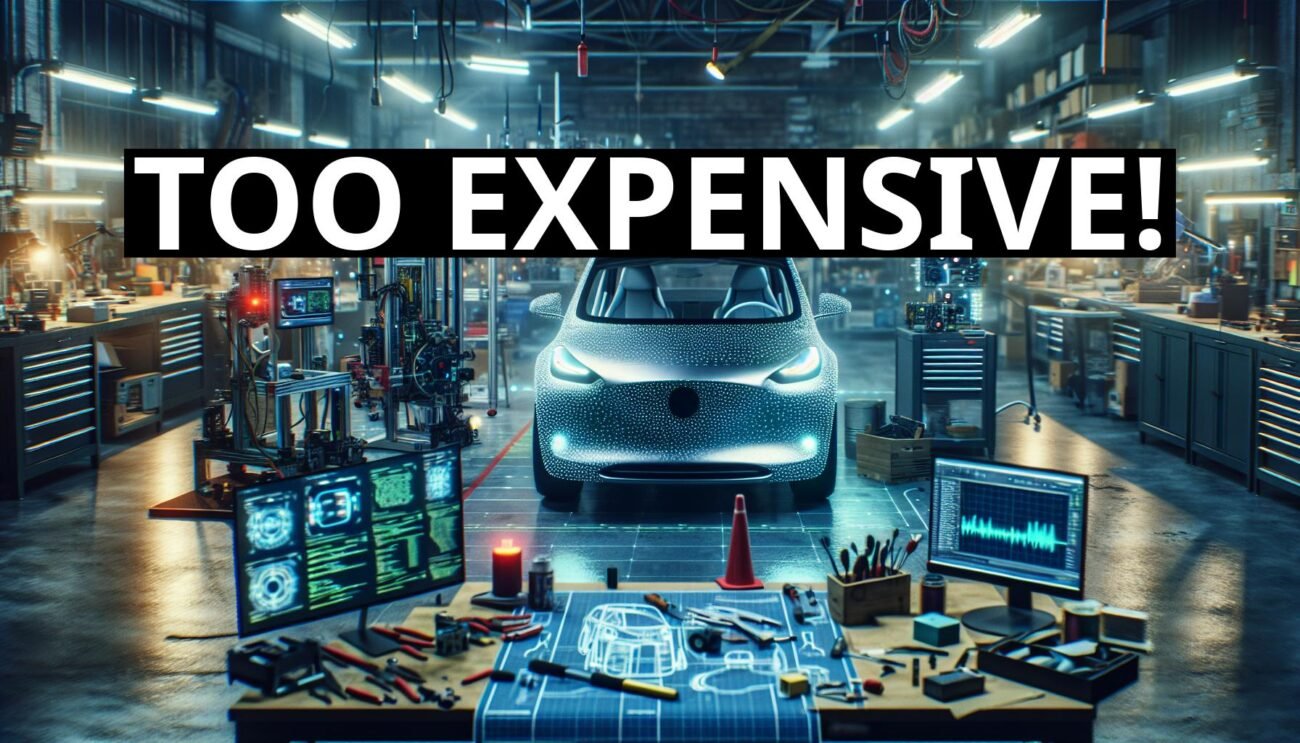Operational Efficiency: Why Traditional Taxis Outperform Uber
In the ongoing battle between traditional taxis and Uber, there’s one area where taxis consistently come out on top: operational efficiency. While Uber’s rise has been fueled by its innovative app and flexible work model, traditional taxis have developed practices that make them champions of efficiency. Let’s dive into the operational practices that give taxis an edge over Uber.
Shift-Based Operations
Traditional taxis run on a shift system, maximizing vehicle availability and minimizing downtime. Drivers hand over the vehicle to the next shift, keeping the taxi on the road for up to 24 hours a day. This continuous operation contrasts sharply with many Uber drivers, who often work part-time or only during peak hours.
Advantages of Shift-Based Operations:
– Increased Vehicle Utilization: More drivers sharing each vehicle means fewer vehicles are needed for the same volume of service.
– Cost Efficiency: Fewer vehicles to procure and maintain.
Fleet Management
Taxi companies manage large fleets of vehicles, allowing for centralized maintenance and bulk purchasing of parts and supplies. This not only reduces downtime for repairs but also cuts costs significantly. A dedicated team oversees the upkeep of every vehicle, keeping taxis in top condition and ready to serve passengers at a moment’s notice. This level of organization is something individual Uber drivers, responsible for their own car maintenance, often struggle to match.
Benefits of Fleet Management:
– Centralized Maintenance: Ensures consistent vehicle condition and reduces individual maintenance burden.
– Bulk Purchasing: Cuts costs on parts and supplies.
– Dedicated Team: Provides professional maintenance, enhancing reliability.
Cost Efficiency In Passenger Transport
Transporting passengers always incurs costs, but traditional taxis do it more efficiently, resulting in lower overall expenses. Uber’s less efficient model means higher costs that are passed on to someone, either through more expensive fares or lower driver pay. The costs of vehicle maintenance fall on Uber drivers, who are responsible for their own cars.
Comparative Costs:
– Taxis: Spend more time in service due to shift work and have lower maintenance costs per vehicle.
– Uber: Appears cheaper due to investor subsidies, but passes maintenance and operational inefficiencies onto drivers and sometimes passengers.
Conclusion
The efficiency and reliability of traditional taxis stem from well-established operational practices like shift-based operations and centralized fleet management. These practices ensure higher vehicle utilization, lower maintenance costs, and consistent service quality. In contrast, Uber’s flexible model, while innovative, often leads to higher costs and less efficient operations.
Share Your Thoughts
What do you prefer? The efficiency and reliability of traditional taxis or the flexibility and tech-savviness of Uber? Share your thoughts in the comments below. If you found this analysis insightful, share this article with your friends and family. Let’s discuss the future of transportation and how we can achieve the best of both worlds.











